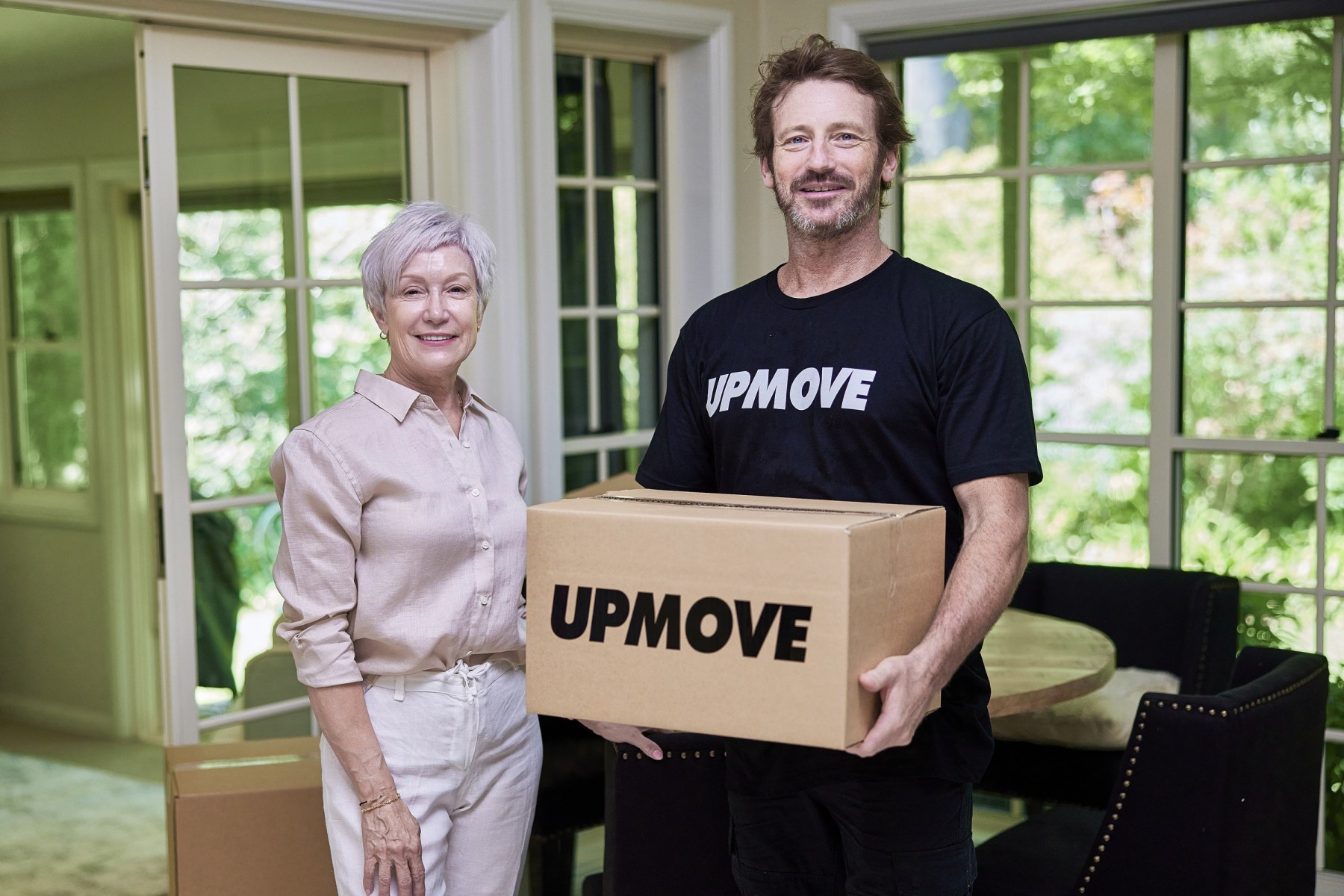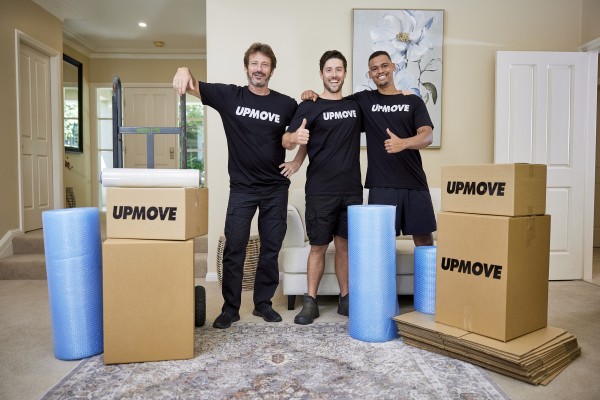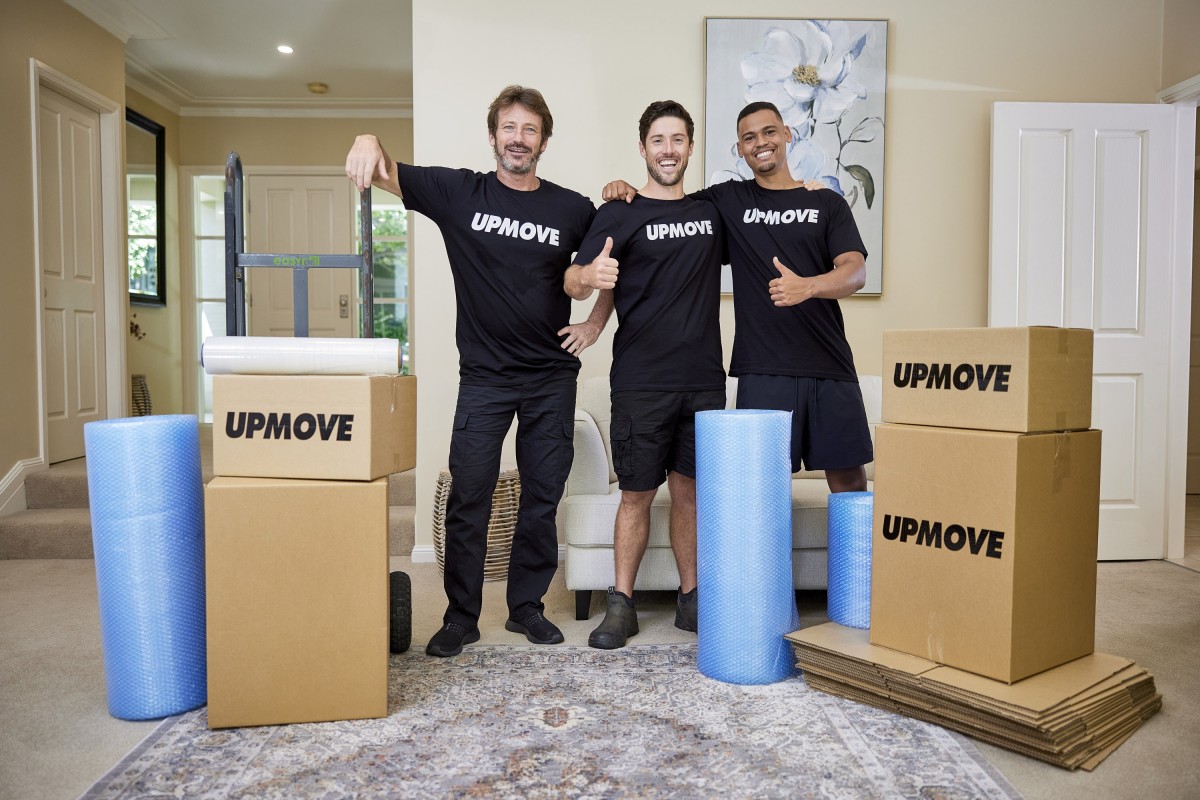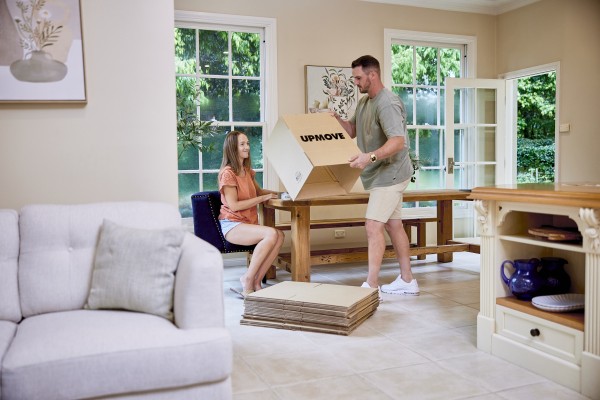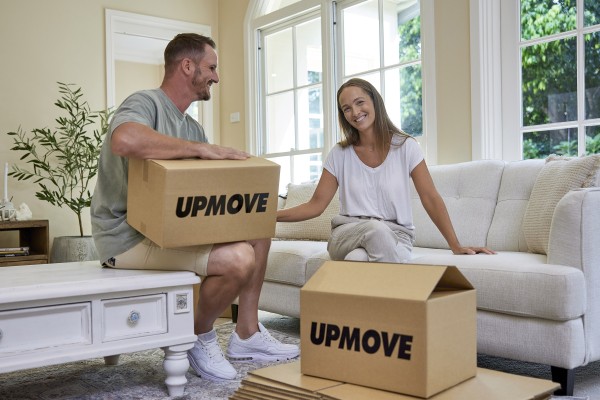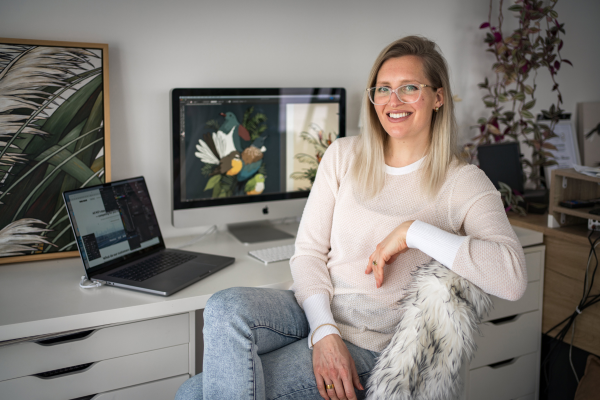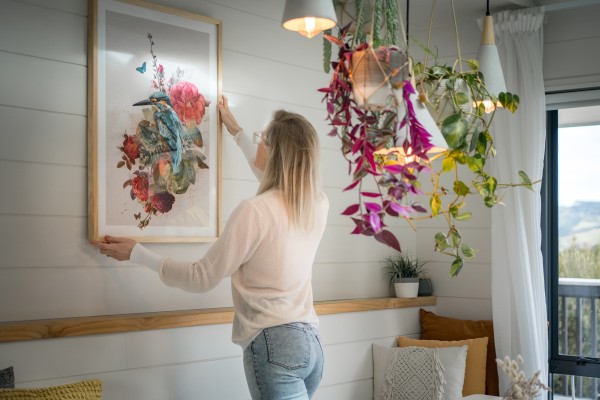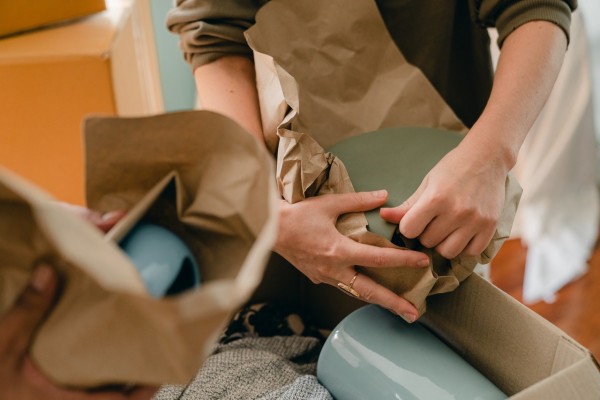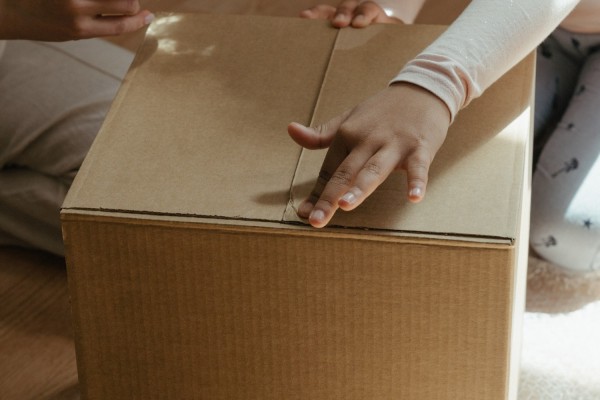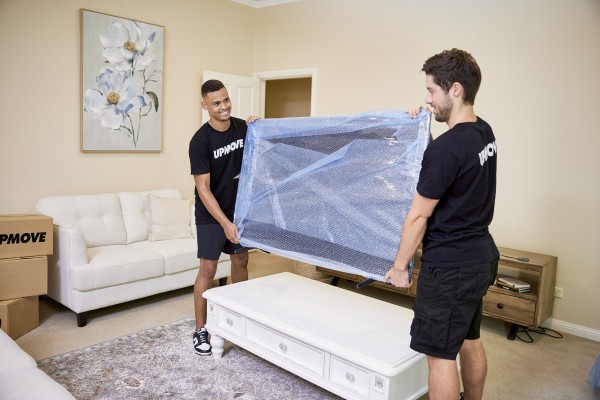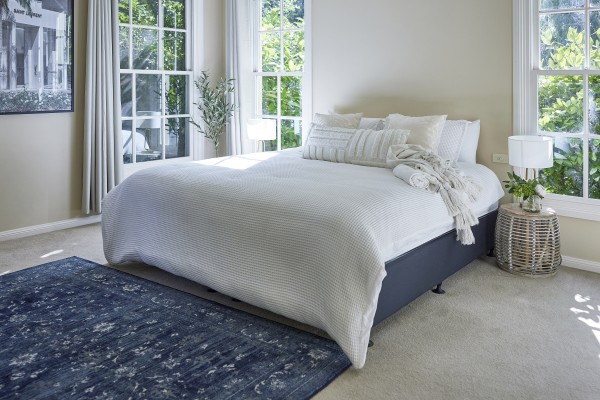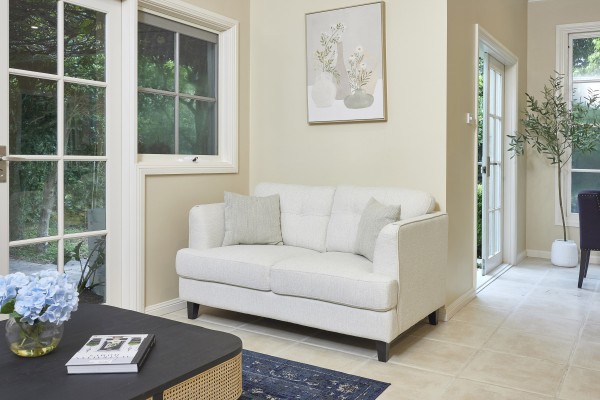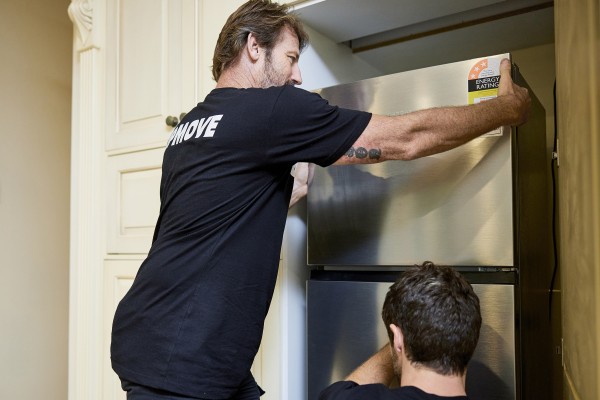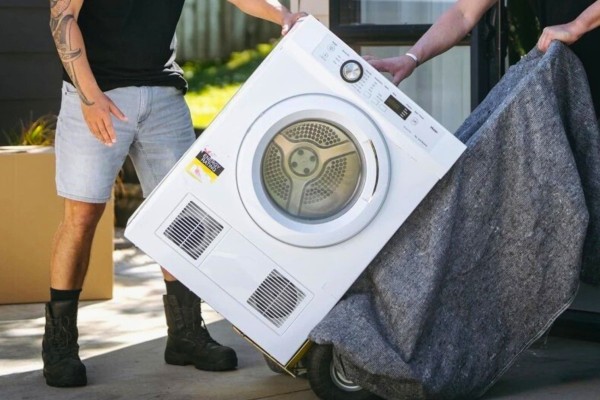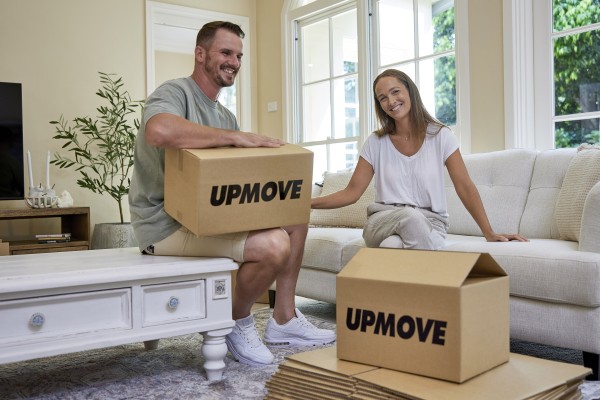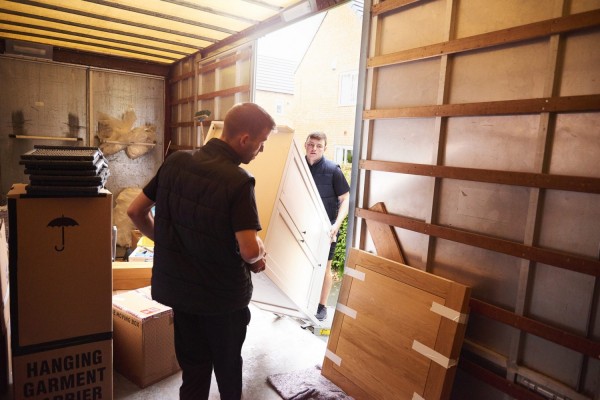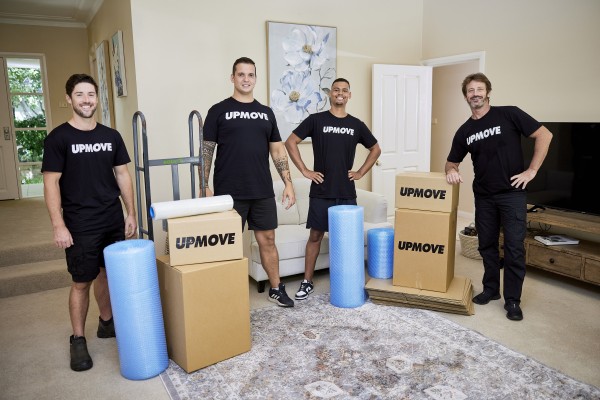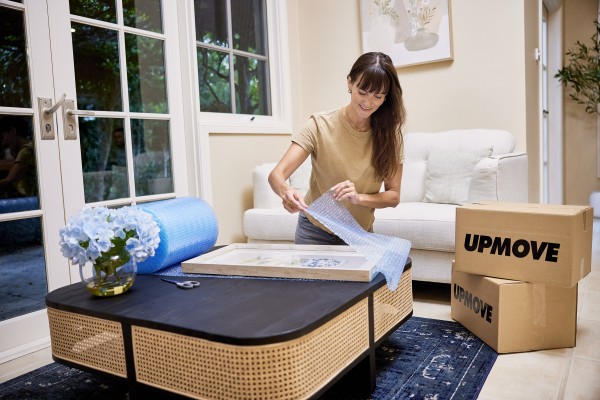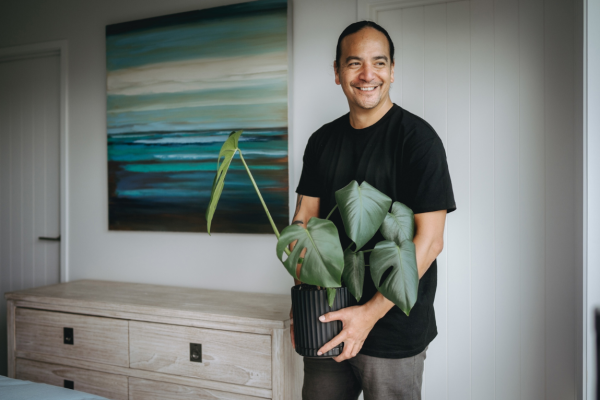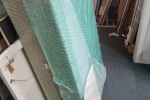How to pack glasses for moving without breaking a thing
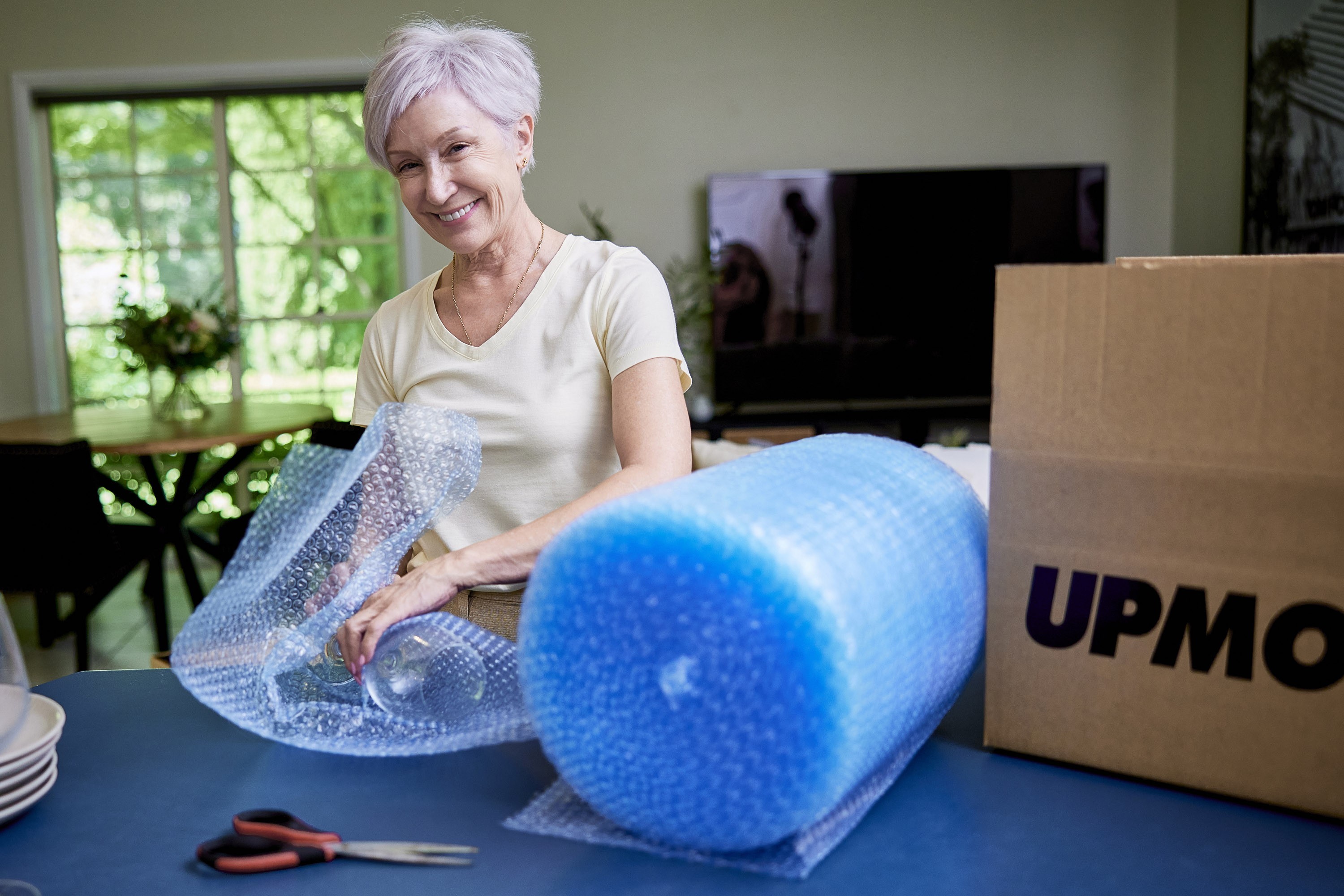
You’re in the thick of it now: boxes everywhere, walls half bare, and tomorrow’s move looming. Among all the chaos, a shelf of glassware stares back at you - wine glasses, tumblers, vases, odd-shaped cocktail glasses, each a mini disaster waiting to happen if packed poorly.
Packing glassware is a delicate task, but it doesn’t have to be a heart-in-mouth juggling act. With the right approach, you can minimise breakages, save time, and (bonus) keep your sanity intact. Let’s walk through how to do it right, and when it pays to hand the job over.
What you’ll need - the materials that make it possible
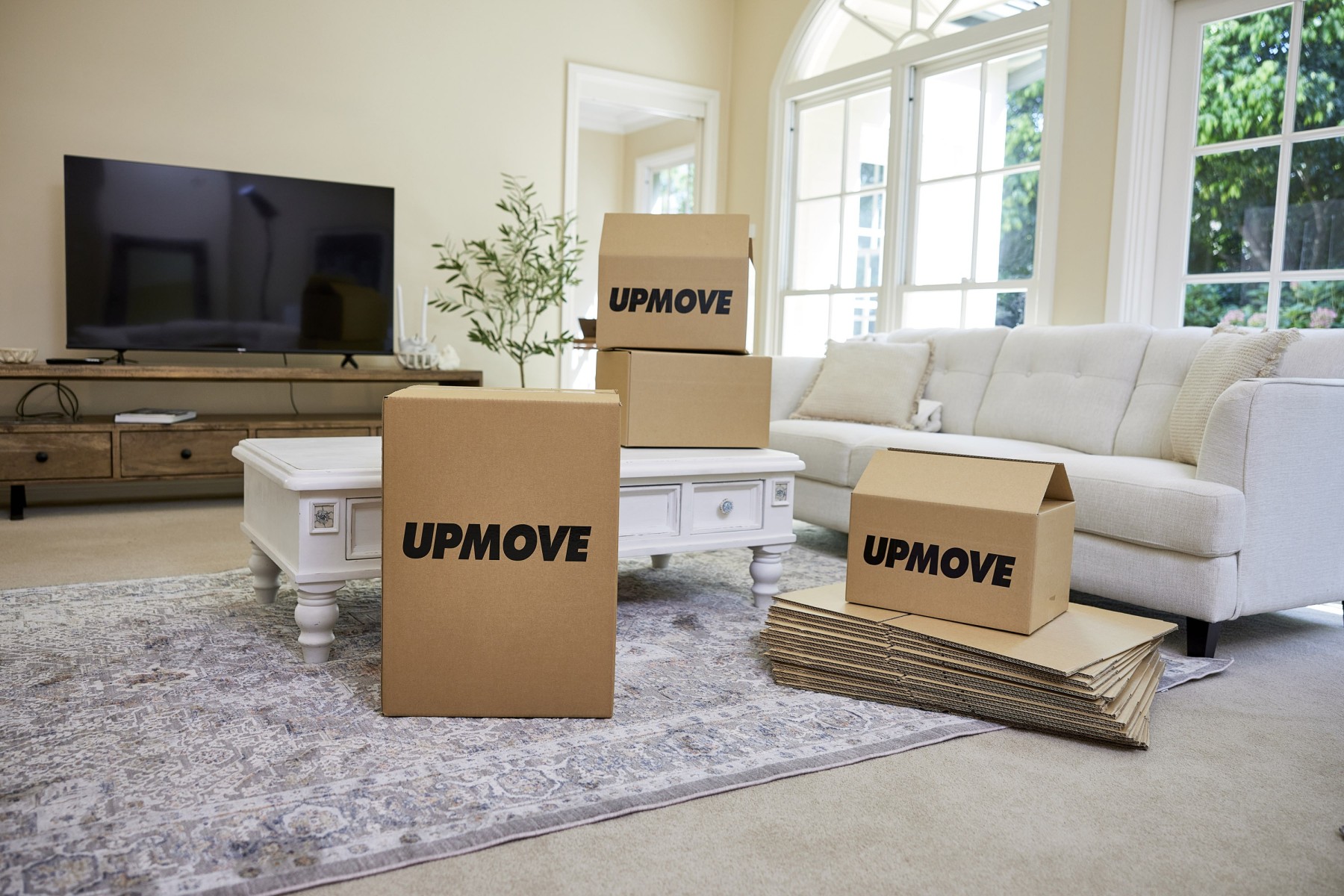 Before you wrap a single glass, get everything ready. Having the full kit on hand helps avoid last-minute dashes or makeshift fixes.
Before you wrap a single glass, get everything ready. Having the full kit on hand helps avoid last-minute dashes or makeshift fixes.
Packing materials
- Sturdy boxes: double-walled are ideal. Thin cartons are riskier under load or if bumped.
- Cell boxes or dividers: these compartments help separate glasses so they don’t knock into each other.
- Packing paper: (plain, acid-free if possible), gentle and safe for glass surfaces.
- Bubble wrap: especially for very delicate or sentimental pieces.
- Crumpled packing paper, towels, or soft cloths: to fill gaps and act as shock absorbers.
- Packing tape: for sealing and occasionally securing wrapped bundles.
- Permanent marker pens, labels and “FRAGILE” stickers: clarity in handling is essential.
When choosing materials, go for quality like stronger boxes, thicker wrap and get more than you think you’ll need. Things tear, run out, or just don’t work as expected.
Check out our comprehensive guide to packing and wrapping for more tips on materials and methods.
The five essential steps to packing glassware safely
Step 1: Take inventory and assess your glassware
Before diving into packing, take stock. This helps you plan how much wrap and space you’ll need and whether some items are better off left behind.
Questions to ask yourself
- Which glasses are most fragile or valuable (crystal, hand-blown, stemware)?
- Which are everyday tumblers that can take more rough handling?
- Are there damaged pieces you’d rather discard than risk transporting?
- Do you have odd shapes (like decanters or narrow-neck vases) that need special wrapping?
Getting clear on this early means you don’t waste time or materials. It also helps you declutter.
Check out these decluttering tips that make moving easier.
Step 2: Prepare the boxes and base cushioning
Now it’s time to get your boxes ready:
- Tape the bottom seams securely to prevent them from giving way.
- Add a thick layer of crumpled paper, cloth or bubble wrap to the base. This cushions the first layer of glasses.
- If using dividers, insert them after the base padding to create compartments.
A strong base is essential. If it’s too thin or soft, your bottom row of glasses could be at risk.
Step 3: Wrap each glass individually (no skimping)
Every single glass should be wrapped, even the sturdy ones.
Try this wrapping approach
- Lay a sheet of packing paper on a flat surface.
- Place the glass in one corner.
- Fold the sides over, then roll tightly.
- Tuck in the ends as you go.
- Add tape if needed, or a second wrap for delicate or oddly shaped pieces.
Packing tip for fragile items
Use bubble wrap for fragile or sentimental items, especially anything thin-stemmed or irreplaceable. Be gentle with stems and rims.
For example, focus extra padding on the bowl of a wine glass, and taper it as you wrap down.
Step 4: Pack upright, pad liberally, and layer smartly
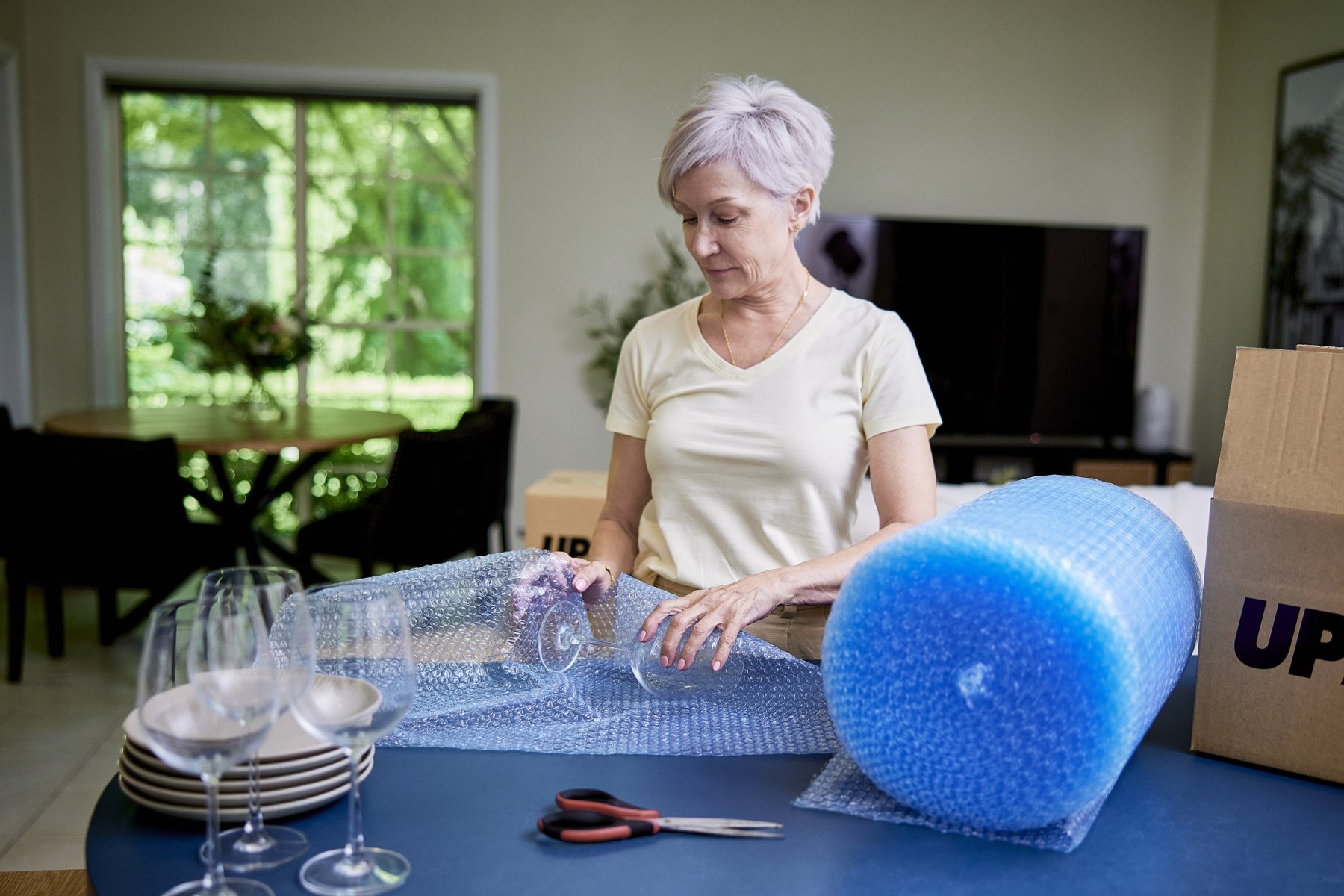 The way you load glasses into the box matters just as much as the wrapping:
The way you load glasses into the box matters just as much as the wrapping:
- Always place glasses upright.
- Heavier glasses go at the bottom.
- Delicate items stay near the top.
- Add soft material between each glass to prevent bumping.
- Fill any empty gaps so nothing shifts.
- Top with a final layer of cushioning.
- Gently shake the box. If anything moves or clinks, open and adjust.
This layering method is also useful when packing other heavy or awkward kitchen items like ceramic mugs or even appliances.
Step 5: Label with clarity and care
Even the best-packed box can be mishandled without clear labelling. Use a marker to label each side:
- “FRAGILE – GLASSWARE”
- “This way up / Do not tip”
- Add a quick note like “Wine & champagne glasses – kitchen”
You can also use stickers or colour-coded labels by room. The goal is to make it really obvious how these boxes should be treated.
Common pitfalls and how to avoid them
Even with good technique, people sometimes trip up. Here are a few common mistakes and how to guard against them:
- Overcrowded boxes with not enough padding.
- Underpacking with gaps that let items shift.
- Cheap boxes that collapse under pressure.
- Ignoring oddly shaped pieces that need special treatment.
- Not securing a loose wrap that could unravel mid-transit.
- Stacking heavy boxes on top of glassware.
- Long-distance moves without extra padding.
Avoiding these common issues early will make a big difference.
For more on handling transport, read our guide to loading, transporting, and unloading.
Bonus packing tip
And remember, safety matters. If you're lifting or stacking heavy boxes, it's worth brushing up on safe manual handling techniques. You can find reliable advice in WorkSafe Victoria’s guide to moving or lifting objects.
When professional removalists make more sense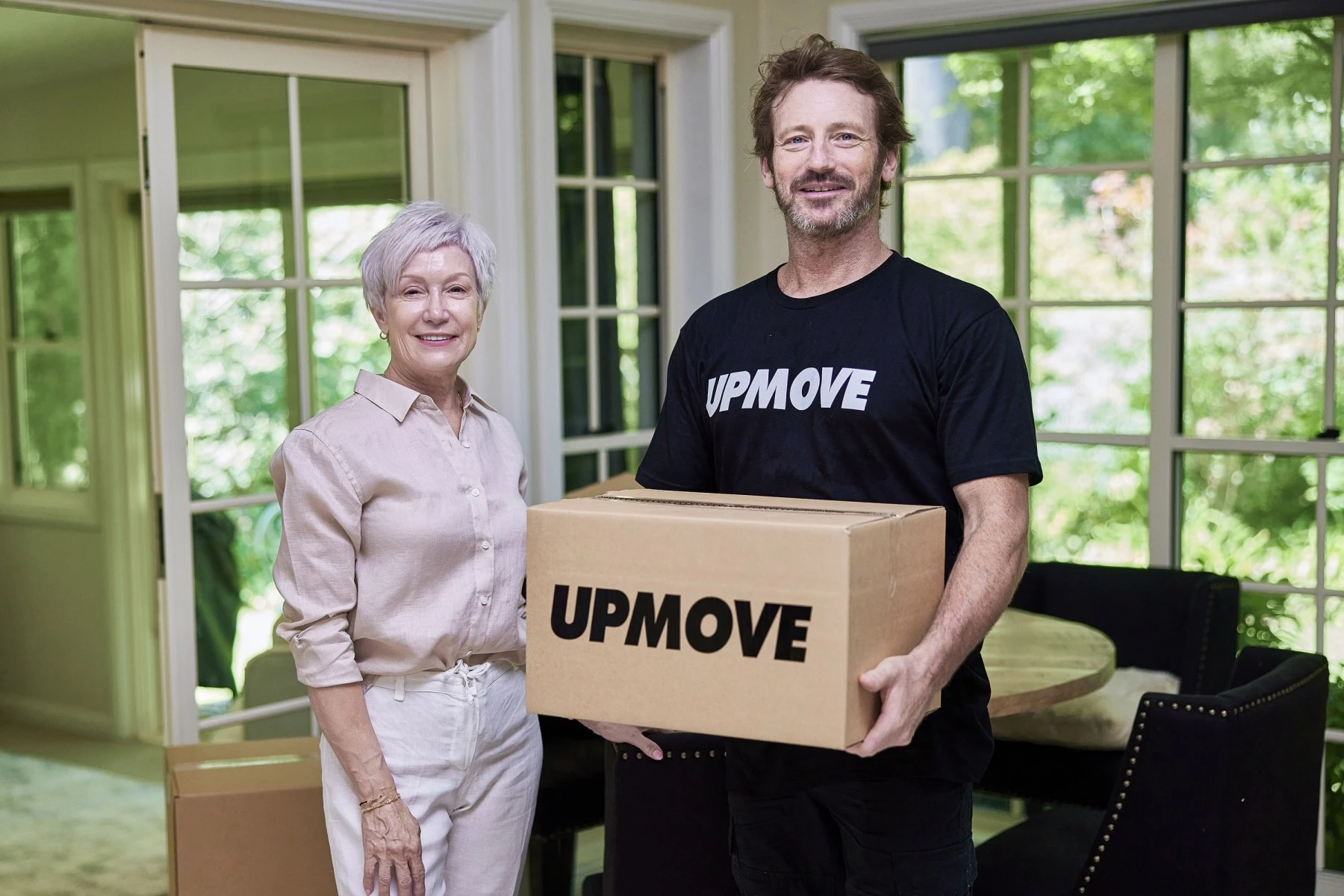
Sometimes, the best way to pack glassware... is not to pack it yourself.
Hiring professional removalists, especially those offering packing services, can be a game-changer. Here’s what you can expect in Australia:
How professional packing & moving services work
Why it’s often a smarter choice
- It saves serious time. What might take you a day takes them an hour.
- They’re trained to avoid breakages and know how to pack for protection.
- It removes a big source of stress from your move.
- No scrambling for tape or last-minute supplies.
- If something goes wrong, they’re often covered by insurance.
What to ask when hiring a packing-capable removalist
- Do you offer full packing or just transport?
- Are packing materials included?
- What’s covered under breakage insurance?
- Can you handle fragile or unusual items?
- Will you unpack at the other end?
- Is pricing all-inclusive or per hour/item?
Wrapping up without breakages
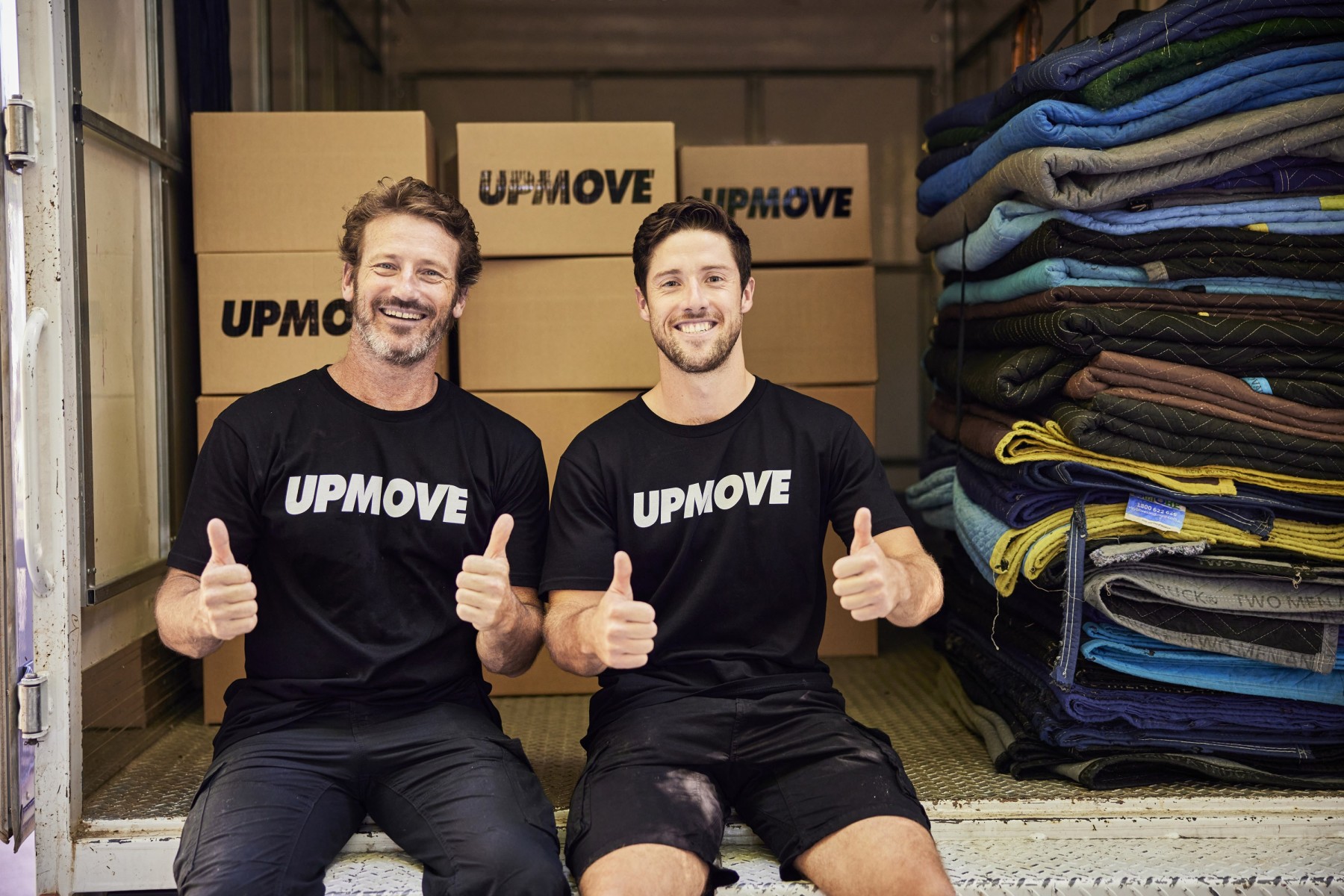 Packing glassware properly takes care and a bit of patience, but it’s absolutely doable. Wrap, pad, layer and label, and you’ll dramatically lower the risk of anything breaking in transit.
Packing glassware properly takes care and a bit of patience, but it’s absolutely doable. Wrap, pad, layer and label, and you’ll dramatically lower the risk of anything breaking in transit.
That said, you don’t have to do it all alone. Bringing in a pro can save time, stress and worry. With Upmove, it’s easy to book the best team of experienced, affordable removalists who’ll handle fragile items with care or take care of the entire move for you.
What do our customers say?


